Westminster Abbey is one of London’s oldest and most historic buildings. No wonder it is full of ghosts, says ANN MASSEY
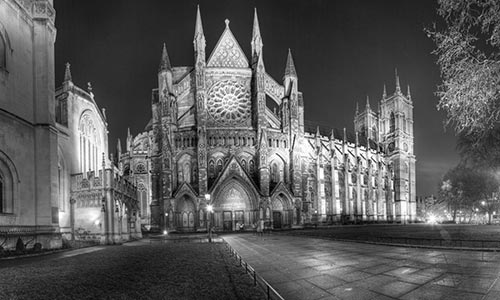
For more than a thousand years, Westminster Abbey has been the centre of religion and ceremony for the Monarchy. Originally founded in the mid-10th century, the Church was rebuilt less than a hundred years later by Edward the Confessor, primarily as a place to inter royalty.
The Church was remodelled to its current recognisable style by Henry III, with the body of Edward the Confessor enshrined in the epicentre.
So, a structure featured on the Bayeux Tapestry, built primarily for the royal dead, the centre of some of the most important events in British history from the coronation of William the Conqueror in 1066 and spanning a thousand years and, oh yes – some 3000 individuals buried within it. Surely Westminster Abbey is bound to have scared up a few ghosts?
Well it has and those spectral beings are as established and world renowned as the Gothic building itself.
St Peter, the original spirit of Westminster Abbey
When Edward the Confessor decided to build a church for royal interment and chose the site of a hundred year old Benedictine Monastery on Thorney Island in the Thames, was he on a mission from God?
A boatman on the Thames was carrying out his usual ferrying of passengers, when a man in a cowl asked for passage across to the new Church that Edward was building in homage to St. Peter the Apostle.
As the boat approached the new structure, the traveller rose and on removing his hood, showed himself to be none other than St. Peter. At that moment, the Church lit up the night sky with a spiritual glow, as St. Peter blessed what was to become arguably the most important religious building in England.
John Bradshaw, Ghost of a King Killer
John Bradshaw was a seventeenth century Judge and the Lord President of the High Court of Justice who ordered the death of King Charles I.
He lived for a further ten 10 after the royal execution, dying on Halloween night 1659. His eternal rest was cut gruesomely short however, as King Charles II wanted to send a message and disinterred the bodies of all those responsible for the death of preceding Monarchs, including Cromwell and Bradshaw himself from the Abbey.
Already desecrated, Bradshaw’s decomposing body was hung from Tyburn gallows some fourteen months after his death. His rotting head was then stuck to a spike and placed at Westminster Hall as a warning to others, his remains buried unceremoniously beneath the gallows.
John Bradshaw kept an office in the Abbey Triforium and it is here that his ghostly figure is seen restlessly walking the gallery on the anniversary of the execution of Charles I, doomed forever to examine the consequences of his decision to commit regicide.
Ghostly Conversations in the Cloisters
The monk who haunts the Cloisters of Westminster Abbey is called Benedictus and is believed to be the ghost of a sixteenth century holy man who was murdered during an attempted robbery at the Church.
First reported at the start of the 20th century, what makes Benedictus so unusual, is the fact that the majority of witnesses do not realise he is a ghost!
Seen strolling through the Cloisters in the early evening, the only give away that Benedictus is ethereal, is the way in which he floats and dissipates into the structure.
The Westminster Monk has spoken at length with tourists and visitors, in a civil and perfunctory manner, only to vanish right before their eyes.
It may be that the killing of Father Benedictus was so violent and sudden, that the shock and trauma have led him to suppress the memory that he is dead at all!
The Shade of the Unknown Warrior
Perhaps the most well-known of the thousands of burials and memorials in Westminster Abbey is The Tomb of the Unknown Warrior.
The First World War saw horrific loss of life and so many of the men killed in battle were unidentified, never to be returned to their loved ones.
As a monument to all those laid in unmarked graves, one such nameless casualty of the war was taken from where he fell in battle and re-interred in the Abbey.
On 11th November 1920, the Unknown Soldier was laid in his final resting place, surrounded by the earth from the battlefield and covered with Belgian marble.
No one is permitted to walk upon this grave and a melancholy sense of poignancy hangs over the cold marble marker.
When the Abbey is at its most silent, the apparition of a soldier manifests, standing resolutely beside the unknown warrior, bowing his head as if in prayer, then fading away.
Is this the shade of the fallen soldier representing all those lost in battle? Perhaps he is there to stand eternal guard, never deserting his duty even in death.

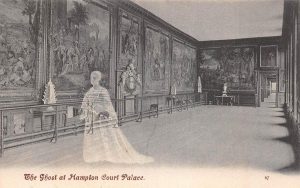
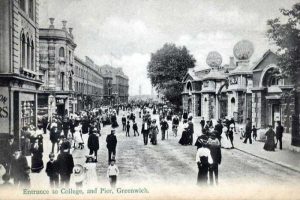
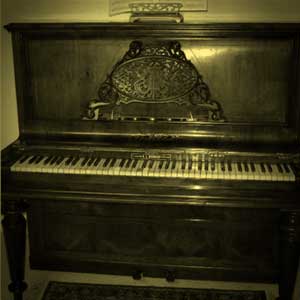
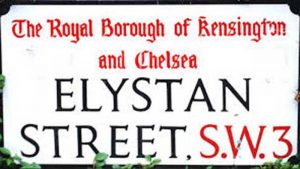

A beautiful article……I loved it thank you Ann. I love Westminster Abbey